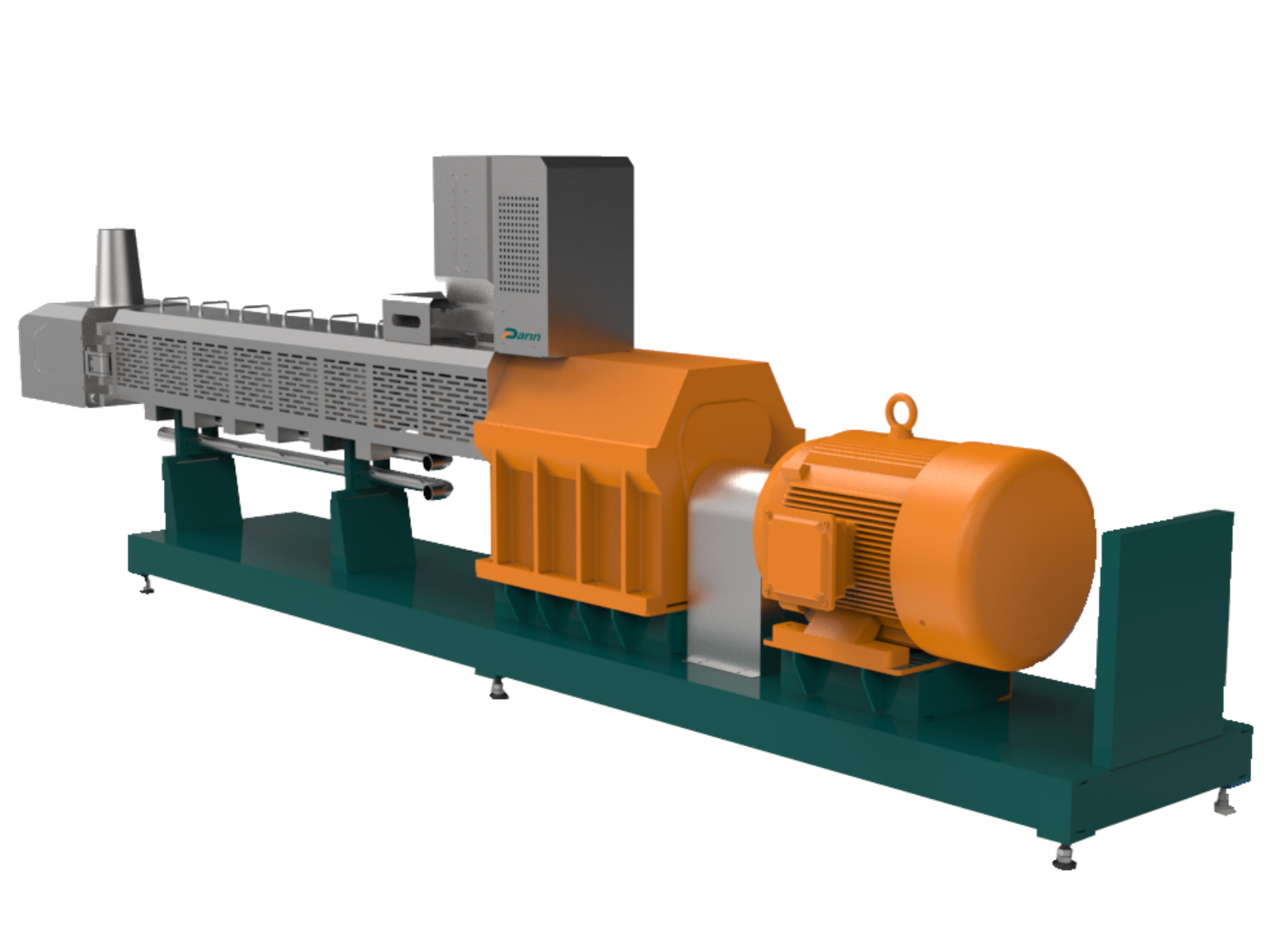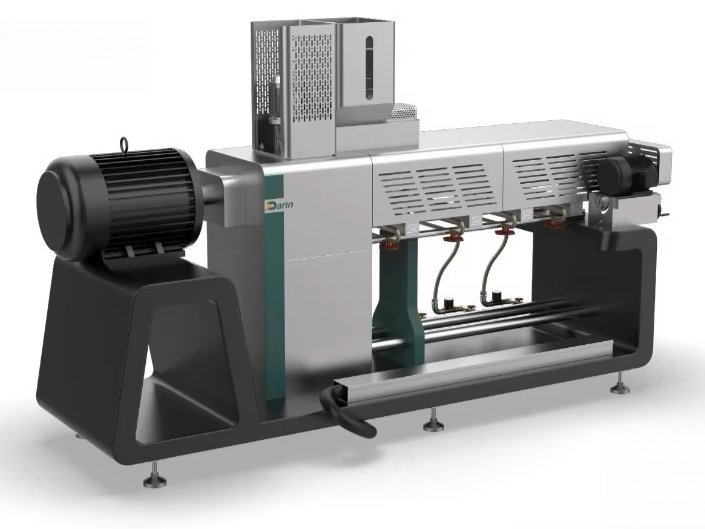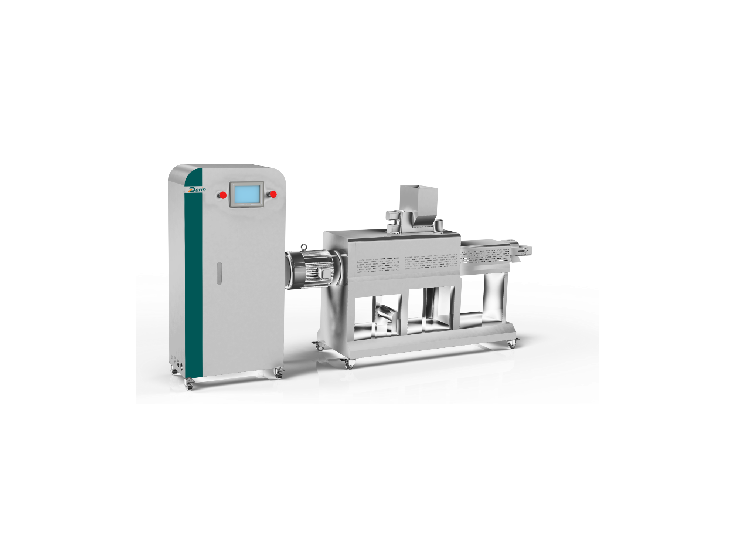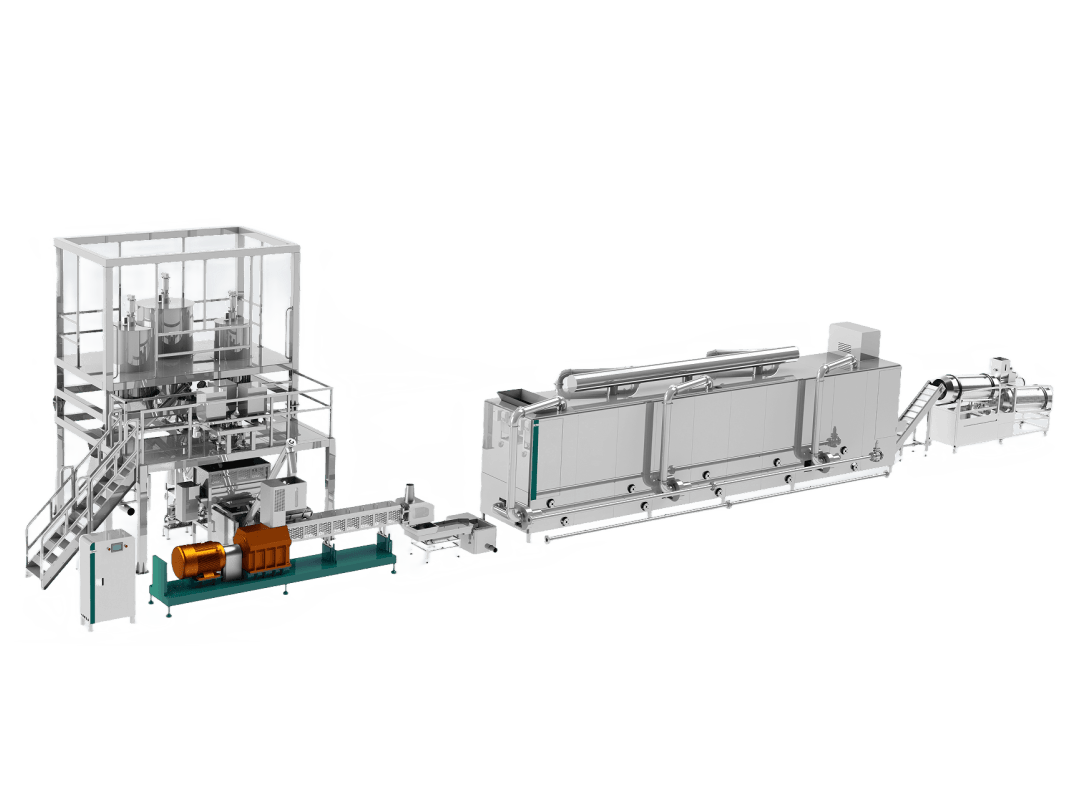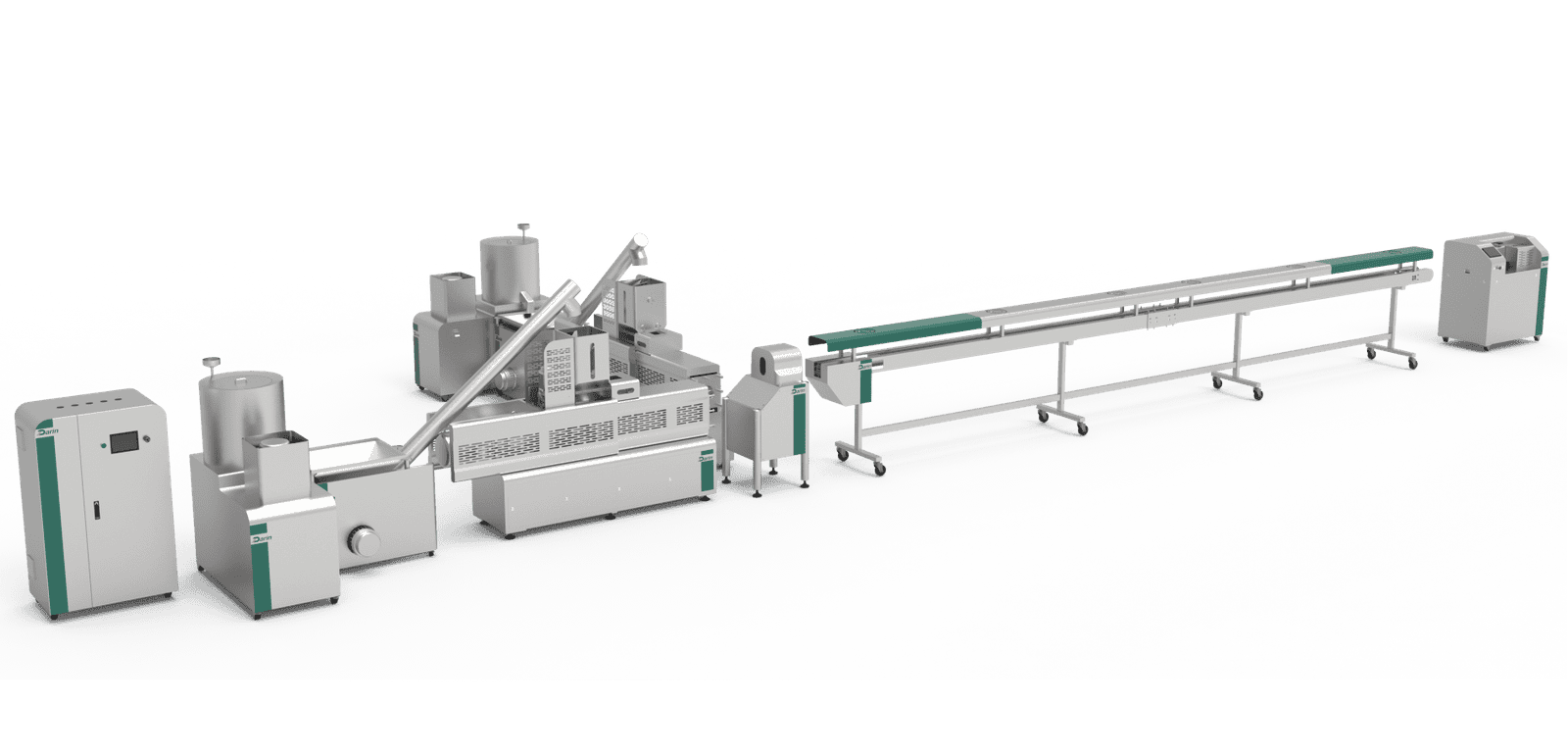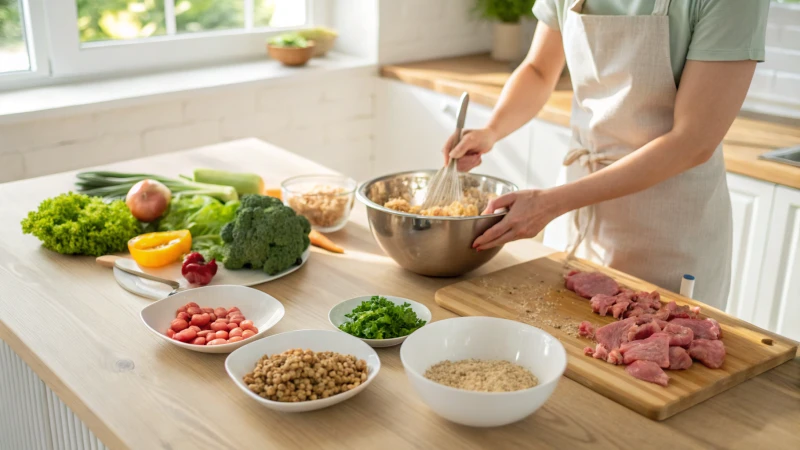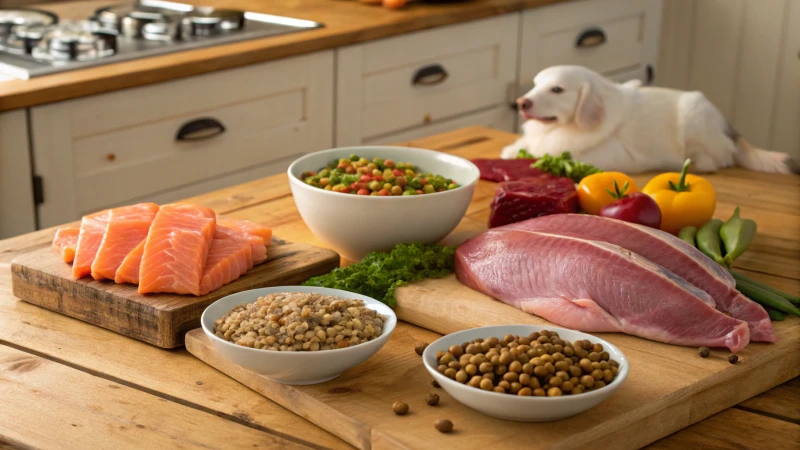
Raw material costs play a critical role in determining profit margins in the pet food industry. Since raw ingredients—such as proteins, grains, vitamins, and packaging materials—account for a significant portion of production costs, fluctuations in their prices can directly impact profitability.
Companies that effectively manage raw material costs can maintain competitive pricing and healthy margins, while those that fail to do so may struggle with squeezed profits and increased pricing pressures. This article explores how raw material costs affect pet food profit margins and outlines strategies to mitigate cost volatility.
1. Breakdown of Raw Material Costs in Pet Food Production
The cost of producing pet food is largely driven by ingredient expenses, which typically make up 50-70% of the total cost of goods sold (COGS). Other expenses include labor, manufacturing, logistics, and marketing.
The following table provides an overview of the cost breakdown for different types of pet food:
| Componente de costo | Dry Kibble (%) | Wet/Canned Food (%) | Raw/Frozen Food (%) |
|---|---|---|---|
| Protein (Meat/Fish) | 30-50% | 40-60% | 50-70% |
| Grains/Veggies | 15-25% | 10-20% | 5-15% |
| Additives & Supplements | 5-10% | 5-15% | 10-20% |
| Envasado | 5-10% | 5-10% | 5-10% |
| Manufacturing & Labor | 10-15% | 10-15% | 10-15% |
Conclusiones clave:
✅ High-protein pet food has higher raw material costs, impacting profit margins.
✅ Premium ingredients (organic, grain-free, exotic proteins) increase costs but allow for higher pricing power.
✅ Packaging costs are relatively stable but add to overall expenses, especially for eco-friendly materials.
2. How Raw Material Costs Impact Profit Margins
a. Protein Prices: The Biggest Cost Driver
Meat, poultry, and fish are the most expensive raw materials in pet food production. Prices fluctuate due to:
- Supply chain disruptions (e.g., pandemics, labor shortages, global conflicts)
- Feed and farming costs (e.g., rising grain prices affecting livestock)
- Consumer demand (e.g., human-grade meat demand driving up costs)
- Weather conditions (e.g., droughts reducing livestock feed supply)
📉 Ejemplo:
- The price of comida de pollo increased by 40% in 2022 due to supply chain issues and rising feed costs.
- Beef and lamb-based pet foods have experienced higher cost volatility than poultry or fish-based formulas.
Impacto en los márgenes:
- Brands using high-meat formulations face higher COGS, requiring premium pricing to maintain margins.
- Some manufacturers shift toward proteínas alternativas (e.g., plant-based, insect protein) to reduce costs.
b. Grain and Vegetable Costs
Grains (e.g., corn, wheat, rice) and vegetables (e.g., peas, sweet potatoes) are key ingredients in pet food, particularly in economy and mid-tier brands.
Factors affecting grain costs:
- Global commodity market fluctuations
- Extreme weather (droughts, floods)
- Government regulations (export bans, subsidies)
📉 Ejemplo:
- El Russia-Ukraine conflict led to a spike in global grain prices in 2022-2023, increasing costs for corn, wheat, and rice-based pet foods.
Impacto en los márgenes:
- Mass-market brands relying on grain-heavy formulas face higher cost volatility.
- Some brands shift to fórmulas sin cereales, which often have higher ingredient costs but better pricing power.
c. Additives and Functional Ingredients
Pet food increasingly includes vitamins, minerals, probiotics, Omega-3s, and specialty supplements for health benefits. While these add valor nutricional, they also increase production costs.
Ejemplo:
- Taurina, an essential amino acid for cats, saw a 30% price increase due to rising demand and limited supply.
- Omega-3 fatty acids (fish oil, flaxseed) are costly but necessary for premium pet food formulations.
Impacto en los márgenes:
- Higher-quality additives increase product value but require premium pricing to sustain margins.
- Companies sourcing alternative or synthetic versions of additives can reduce costs without compromising quality.
d. Packaging Costs
While not a raw ingredient, packaging materials (plastic, paper, aluminum, biodegradable options) significantly impact costs.
Factors affecting packaging costs:
- Oil prices (affecting plastic production)
- Environmental regulations (banning non-recyclable materials)
- Consumer demand for sustainable packaging
📉 Ejemplo:
- Embalaje ecológico costos 20-30% more than traditional plastic packaging but appeals to environmentally conscious buyers.
Impacto en los márgenes:
- Sustainable packaging raises costs but can justify premium pricing.
- Bulk packaging and lightweight materials help optimize cost efficiency.
3. Strategies to Mitigate Raw Material Cost Increases and Protect Margins
✅ a. Diversifying Ingredient Sourcing
- Usar multiple suppliers to reduce dependency on one region or producer.
- Fuente proteínas alternativas like insect-based or plant-based proteins to hedge against meat price volatility.
- Asociarse con local suppliers to reduce shipping and import costs.
✅ b. Reformulating Pet Food Products
- Ajustar protein-to-grain ratios to maintain quality while reducing ingredient costs.
- Incorporate cost-effective but nutritious alternatives (e.g., pea protein instead of animal protein).
- Develop seasonal or limited-batch formulas to adjust ingredient use based on market availability.
✅ c. Investing in Supply Chain Optimization
- Adoptar AI-based demand forecasting a minimize waste and overstocking.
- Reduce logistics costs by regionalizing production facilities.
- Usar bulk purchasing agreements to secure long-term fixed pricing on key ingredients.
✅ d. Raising Prices Strategically
- Implementar gradual price increases rather than sudden hikes.
- Introduce premium or functional pet food lines that justify higher pricing.
- Oferta loyalty programs or subscription-based models to retain customers despite price increases.
4. Case Study: Managing Raw Material Costs in the Pet Food Industry
Blue Buffalo: Premium Pricing to Offset High Raw Material Costs
- Desafío: Blue Buffalo uses high-quality, real meat as its primary protein source, making it vulnerable to fluctuating meat prices.
- Solución:
✅ Focused on premium branding to justify higher pricing.
✅ Expanded into grain-free and functional pet food categories to diversify ingredients.
✅ Developed direct-to-consumer sales channels a cut retailer markups and improve margins. - Resultado: Mantenido high profit margins (35-45%) despite rising ingredient costs.
Conclusion: The Critical Role of Raw Material Costs in Profitability
Raw material costs are one of the biggest factors affecting pet food profit margins. From fluctuating meat and grain prices a supply chain disruptions, ingredient costs can either erode or enhance profitability, depending on how companies manage them.
Conclusiones clave:
✅ Protein prices have the biggest impact on pet food margins.
✅ Grain and vegetable costs fluctuate due to global market trends.
✅ Sourcing alternative ingredients and optimizing formulations can help reduce cost pressures.
✅ Premium pricing strategies and supply chain efficiencies are key to protecting margins.
Pet food businesses that adapt to raw material price changes with strategic sourcing, reformulation, and pricing adjustments will maintain profitability and competitiveness in this dynamic market. 🚀


